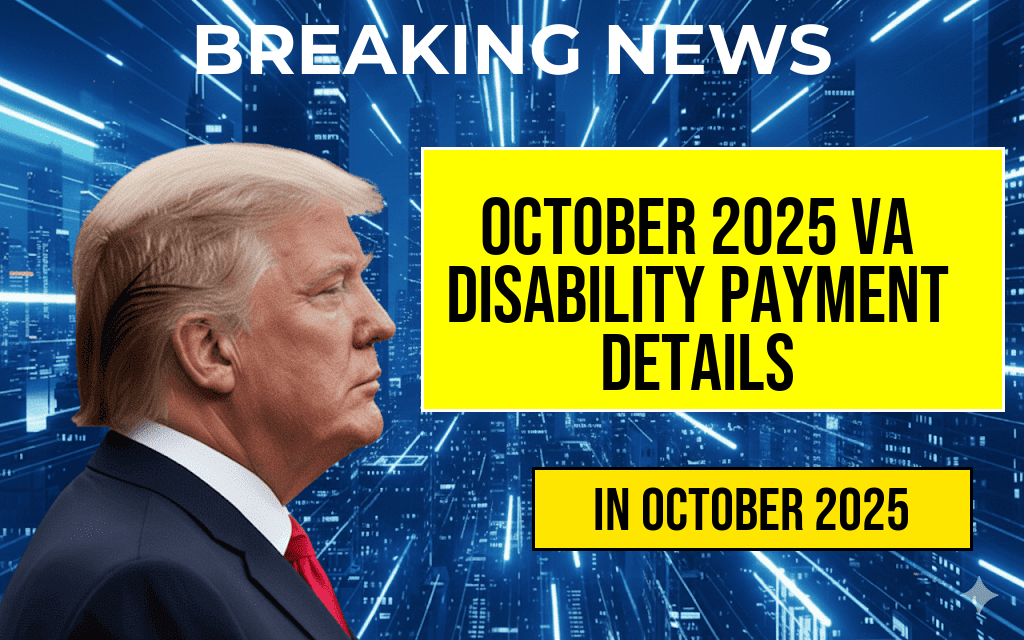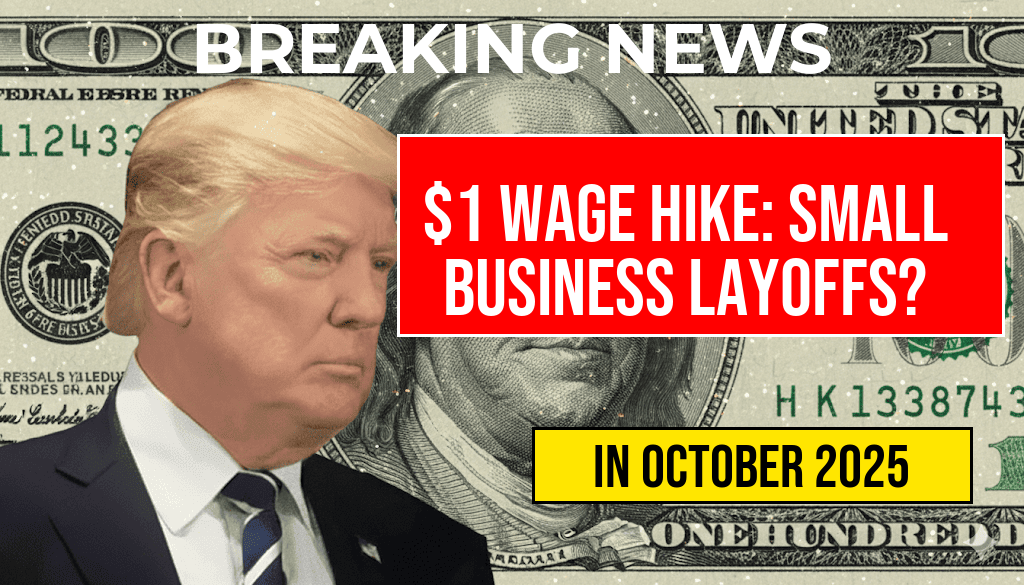As the gig economy continues to expand, many individuals are exploring various side hustles to supplement their income. However, understanding the tax implications of these ventures is crucial for anyone engaging in freelance or gig work. Recent updates from the Internal Revenue Service (IRS) clarify that individuals will not receive a Form 1099-K unless their total payments exceed $20,000 and they complete more than 200 transactions in a calendar year. This change aims to simplify tax reporting for casual earners while ensuring that those generating significant income are properly documented. In this article, we will delve into the implications of this regulation and provide insights into how individuals can navigate their side hustle earnings responsibly.
Understanding the 1099-K Form
The Form 1099-K is used to report payment card and third-party network transactions. This form is primarily issued to businesses and individuals who receive payments through platforms like PayPal, Venmo, or Stripe. The IRS requires these platforms to report the income of users, especially for those who engage in substantial transactions. As of the latest guidelines, only those exceeding the $20,000 threshold and completing 200 transactions will receive this form, streamlining the reporting process for both taxpayers and the IRS.
Implications for Side Hustlers
The new threshold for the 1099-K form has significant implications for side hustlers. Here are some key points to consider:
- Tolerance for Casual Earners: Individuals earning less than $20,000 from their side hustles or those with fewer than 200 transactions will not receive a 1099-K. This means they are not obligated to report those earnings as business income, although all income is technically taxable.
- Encouragement for New Ventures: The updated guidelines may encourage more people to explore side hustles without the immediate pressure of tax implications. This could lead to increased participation in the gig economy.
- Potential Risks: While casual earners may not receive a 1099-K, they still need to track their income. The IRS expects taxpayers to report all income, regardless of whether they receive a tax form.
Common Side Hustles and Their Income Potential
For those considering a side hustle, it’s essential to understand the income potential of various options. Below is a table outlining some popular side hustles, their typical income ranges, and factors to consider:
| Side Hustle | Income Potential | Considerations |
|---|---|---|
| Freelance Writing | $20 – $150 per article | Experience and niche can affect rates. |
| Ridesharing (e.g., Uber, Lyft) | $15 – $25 per hour | Income varies by location and peak hours. |
| Online Tutoring | $10 – $100 per hour | Subject expertise can increase rates. |
| Craft Selling (e.g., Etsy) | Varies widely | Market demand and materials cost influence profitability. |
Tracking Income and Expenses
Even if you do not receive a 1099-K, keeping thorough records of income and expenses is vital. Here are some effective strategies:
- Use Accounting Software: Tools like QuickBooks or FreshBooks can help track earnings and expenses, making it easier to file taxes later.
- Maintain Receipts: Keep all receipts related to your side hustle for potential deductions.
- Set Aside Taxes: Consider setting aside a percentage of your income for tax purposes to avoid surprises at tax time.
Conclusion
As the gig economy grows, the IRS’s decision to raise the 1099-K reporting threshold reflects a shift towards accommodating casual earners. While this change may relieve some tax burdens, it remains essential for side hustlers to maintain accurate records and understand their tax obligations. By doing so, individuals can enjoy the benefits of supplemental income while complying with federal regulations. For further information on tax implications and side hustles, visit resources from [Forbes](https://www.forbes.com) and [IRS](https://www.irs.gov).
Frequently Asked Questions
What is a side hustle?
A side hustle is a job or business that individuals engage in outside of their primary employment to earn additional income. It can involve freelance work, selling products, or offering services.
What does 1099-K mean?
A 1099-K is a tax form used to report payments received through third-party networks, such as payment processors. It typically applies when a business or individual has received over $20,000 in payments within a calendar year.
Will I receive a 1099-K for my side hustle?
You will only receive a 1099-K if your total payments exceed $20,000 and you have more than 200 transactions in a calendar year. If your earnings are below this threshold, you will not receive the form.
How can I choose the best side hustle for me?
To find the best side hustle, consider your skills, interests, and the amount of time you can commit. Research various opportunities, assess their earning potential, and choose one that aligns with your goals and lifestyle.
Are there any tax implications for my side hustle income?
Yes, all income from your side hustle is taxable, regardless of whether you receive a 1099-K form. You should keep accurate records of your earnings and expenses to report on your tax return.











